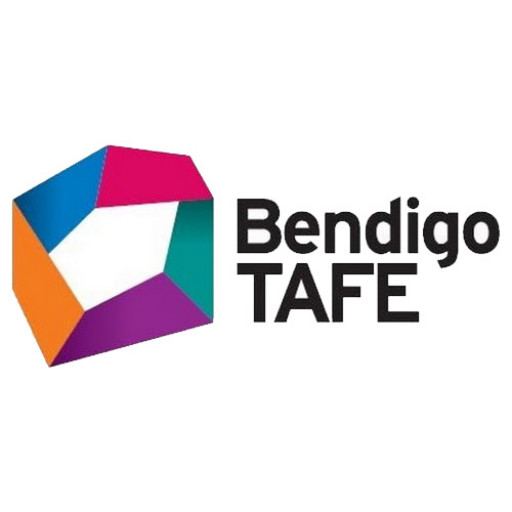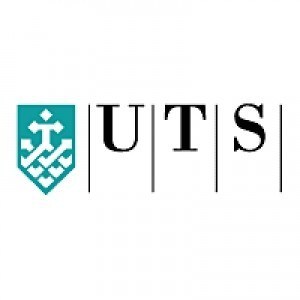This qualification is part of the Metal and Engineering Training Package. It's for individuals employed as a professional of draftsperson working in specialist engineering or manufacturing industries such as in mechanical, equipment construction and maintenance, steel fabrication, electrical services, electrical services, fluid power or piping gathering businesses. Students will acquire skills and knowledge to produce detail drawings based to engineering designs and Australian Standards (AS). The skills that they will develop comprise use of computer-aided design (CAD) software works and ability to apply discipline and industry specific knowledge to make models, produce drawings and schematics for specialised engineering-related areas of industry. Other skills covered in this class could consist of information gathering, such as on site visits, calculations, research and consultations.
The Engineering Drafting program at Bendigo TAFE provides students with comprehensive training in technical drawing, CAD technology, and engineering design principles. This program prepares graduates to work as drafting and design technicians across various engineering fields, including mechanical, civil, electrical, and manufacturing industries. Throughout the course, students develop essential skills in reading and interpreting technical drawings, creating detailed 2D and 3D models using industry-standard software, and understanding engineering specifications and standards. The curriculum emphasizes practical application, allowing students to work on real-world projects that simulate industry challenges. Students learn to produce accurate technical documentation, collaborate effectively with engineers and other professionals, and apply their knowledge to the design, development, and modification of engineering components and systems. The program also covers foundational topics such as mathematics, physics, and materials science to support technical understanding. Career opportunities for graduates include roles in drafting offices, manufacturing companies, construction firms, and engineering consultancies. TAFE’s modern facilities and experienced faculty support hands-on learning, ensuring students gain practical skills aligned with current industry practices. Upon completion, students are well-equipped to pursue further studies or enter the workforce as competent engineering draftspersons, contributing to innovative engineering projects and infrastructure development.
Program requirements for the Engineering Drafting qualification at Bendigo TAFE encompass a comprehensive set of academic and technical prerequisites designed to ensure students are adequately prepared for the demanding field of technical drawing and design. Prospective students should possess a basic understanding of mathematics, physics, and technical drawing principles, typically demonstrated through prior secondary education or equivalent qualifications. A strong foundation in mathematics, including algebra, geometry, and trigonometry, is essential, as these skills underpin the precise calculations and measurements involved in drafting practices. Familiarity with the fundamentals of engineering principles and technical communication significantly benefits students undertaking this program.
Applicants are generally expected to have completed a high school certificate or an equivalent qualification that demonstrates their capability in relevant subjects. For international students, evidence of English language proficiency, such as IELTS, TOEFL, or equivalent tests, is usually required to ensure they can understand complex technical instructions and effectively communicate within team environments. Furthermore, it is advantageous for candidates to have basic computer literacy, including proficiency in common software applications, as modern drafting increasingly relies on computer-aided design (CAD) tools.
Physical capability for detailed manual work and attention to fine detail are important for success in this program. Practical skills in using drafting tools and equipment, including pencils, rulers, compasses, and CAD software, are foundational, with many programs offering introductory courses to build these competencies. Additionally, applicants with prior experience or certification in related trades or technical fields may find the transition into the program more seamless, although formal prerequisites are not always mandatory.
The program places a significant emphasis on safety awareness and environmental considerations, encouraging students to adhere to industry standards and regulations. This includes training in proper workspace safety procedures, understanding of material properties, and environmental sustainability practices relevant to engineering environments. Prospective students should be prepared to engage with both theoretical coursework and practical workshops, which simulate real-world drafting environments and require active participation.
In summary, the program requirements aim to assemble a cohort of motivated individuals with foundational skills in mathematics, science, and technical drawing, complemented by strong communication and computer skills. Meeting these prerequisites ensures students can effectively grasp advanced concepts in engineering design and drafting, leading to successful qualification outcomes.
The Financing studies for the Engineering Drafting program at Bendigo TAFE encompass a range of options designed to support students financially throughout their studies. Domestic students may be eligible for government funding such as the Vocational Education and Training (VET) Student Loans, which can cover part of the tuition fees, making education more accessible and affordable. These loans are income-contingent and defer payment until the student’s income reaches a certain threshold after graduation. Alternatively, students might consider government-subsidized training packages, which significantly reduce the out-of-pocket costs for eligible learners.
For those who do not qualify for government assistance, Bendigo TAFE offers flexible payment options, including upfront fee payments, payment plans, and financial aid packages. Payment plans allow students to pay their tuition fees in installments over the duration of the course, easing financial burden and enabling students to manage their budgets effectively. Moreover, students can benefit from scholarships or bursaries offered by Bendigo TAFE or external organizations, aimed at supporting students in need or those demonstrating academic excellence.
In addition to government and institutional funding options, students are encouraged to explore external financing solutions such as private loans or grants. These options may have varying interest rates and repayment terms, so prospective students should carefully review the terms and conditions before committing. Some students may also receive financial assistance through employer sponsorships, especially if they are undertaking the course as part of their professional development within their organization.
International students, on the other hand, are subject to different fee structures and payment obligations. They typically pay full tuition fees upfront or as specified by their visa requirements. International students are not eligible for government student loans in Australia but may access scholarships and financial aid programs designed specifically for international learners.
It is important to note that the cost of studying Engineering Drafting at Bendigo TAFE includes tuition fees, materials, and assessment costs, which can vary depending on the course duration and delivery mode. Students are advised to contact Bendigo TAFE’s financial services department for detailed and up-to-date information on the financing options available for their specific circumstances. Financial planning and early application for available funding options can significantly enhance the study experience and reduce the financial stress associated with higher education.
The Engineering Drafting program at Bendigo TAFE is designed to provide students with comprehensive skills and knowledge necessary for a career in mechanical and civil drafting. This program covers essential aspects of engineering drawing, computer-aided design (CAD), and technical communication, preparing students to produce detailed technical drawings used in engineering, manufacturing, and construction industries. Students will learn to interpret technical specifications, create accurate 2D and 3D models, and understand standards and codes relevant to engineering projects. The curriculum includes subjects such as drafting principles, CAD software training, materials and processes, and project management, equipping graduates with both practical skills and theoretical understanding. Practical assessments often include both classroom exercises and real-world projects, giving students valuable hands-on experience. The program aims to develop precision, attention to detail, problem-solving abilities, and an understanding of engineering design processes. Graduates can pursue employment opportunities as drafting technicians, CAD operators, or design assistants in various fields including civil engineering, mechanical engineering, manufacturing, and construction. The program is suitable for individuals who have an interest in technical drawing, engineering design, and technology. It also provides a pathway for further study or specialization in related areas of engineering and technical trades. Students may benefit from access to state-of-the-art CAD software and workshops to enhance their practical skills. Overall, the Engineering Drafting program at Bendigo TAFE offers a solid foundation in engineering documentation and digital drafting techniques, aiming to prepare students for successful careers in technical and engineering industries.







